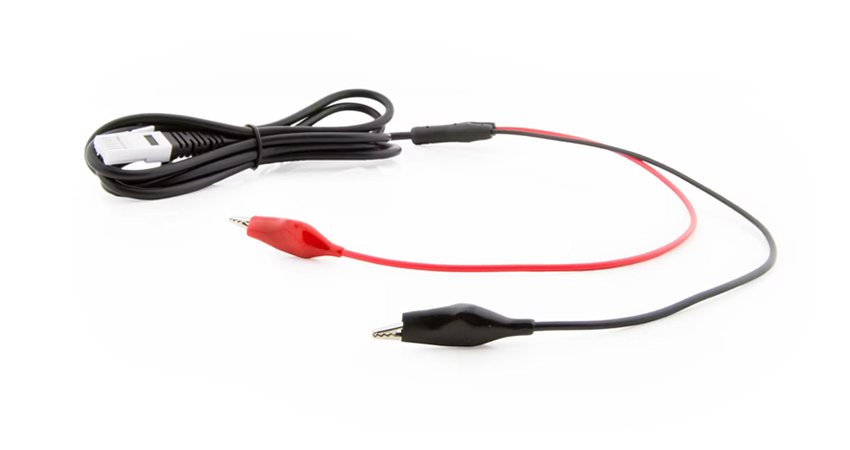If we need to convert DC to DC, we usually need to use a device called a DC-DC converter. These converters change the voltage level of a DC power source to a different voltage level, either higher (step-up) or lower (step-down) without first converting it to AC. There are many types of DC-DC converters, each suitable for different applications and requirements.
Types of DC-DC Converters
- Buck Converter (Buck)
Reducing the input voltage to a lower output voltage. For example, converting 24V DC to 12V DC. - Boost Converter (Boost)
Increasing the input voltage to a higher output voltage. For example, converting 12V DC to 24V DC. - Buck-Boost Converter
Can increase or decrease the input voltage as needed. For example, converting 12V DC to 5V DC or 24V DC. - Charge Pump Converter
Uses capacitors as energy storage elements to step up or down the voltage. Usually used in small, low-power applications where efficiency is not a major consideration.
Let’s say you have a 12V battery but need to power a 5V device. You can use a buck converter to achieve:
- Choosing a buck converter: Choose a buck converter that takes 12V as input and produces 5V as output.
- Connecting the input: Connect the positive terminal of a 12V battery to the positive input of the converter and the negative terminal to the negative input of the converter.
- Connecting the output: Connect the positive terminal of a 5V device to the positive output of the converter and the negative terminal to the negative output of the converter.
- Power up and test: Turn on the power supply and make sure the output voltage is 5V.
How common DC-DC converters work
Energy storage: Energy is stored by an inductor or capacitor.
Switching element: Usually a transistor that switches the input voltage on and off at a high frequency.
Voltage regulation: The controller adjusts the duty cycle of the switch to maintain a stable output voltage.
Filtering: Capacitors are used to smooth the output voltage and reduce ripple and noise.
Practical applications
Electronic devices: Devices such as mobile phones and laptops often need to convert the battery voltage to multiple different operating voltages. There are also smart watches and fitness trackers, which need to convert the voltage of tiny batteries to the appropriate operating voltage.
Automotive electronics: Different devices in a car (such as infotainment systems, navigation systems, and lighting systems) require different voltages. In particular, USB ports used to charge devices such as mobile phones need to convert the car’s battery voltage (usually 12V or 24V) to 5V.
Industrial equipment: such as PLC, sensors and actuators require stable DC voltage.
Communications and medical: Electronic equipment on ground stations and satellites requires efficient voltage conversion. In medical applications, such as electrocardiographs, blood pressure monitors, etc., these devices require a stable power supply.
DC-DC converters play a vital role in modern electronic devices and systems. They provide flexible, stable and efficient power conversion solutions, allowing various devices to work normally and reliably. Through the above steps and methods, you can effectively achieve DC voltage conversion to meet the needs of various electronic and electrical equipment.

